August 16
2015 August 16
[Actually posted on the morning August 17, although all the contributions came on August 16.]
Jeremy Tatum writes: The flowers of Wild Carrot (“Queen Anne’s Lace”) at Panama Flats just now are attracting a large variety of wasps, bees, flies and beetles, just waiting for someone to come and photograph them. We may not be able to identify them all, but we can try. We can manage most butterflies and macro moths and we have experts who are helping us with dragonflies, flies, beetles, bugs, micro moths, spiders, but we need help with bees, wasps and grasshoppers. Can anyone help with these?
Jeremy Tatum writes: 6:30 pm today, Mount Tolmie reservoir: 1 Red Admiral, 1 Painted Lady. At Panama Flats in the afternoon I saw three nests of the Fall Webworm Hyphantria cunea, all high up near the tops of alder trees. The largest by far is near Panama Pond. And at 11:30 pm, just when I was tired and ready to crawl into bed, I saw a large bug climbing on the curtain in my bedroom, so I had to get out the camera and photograph it.
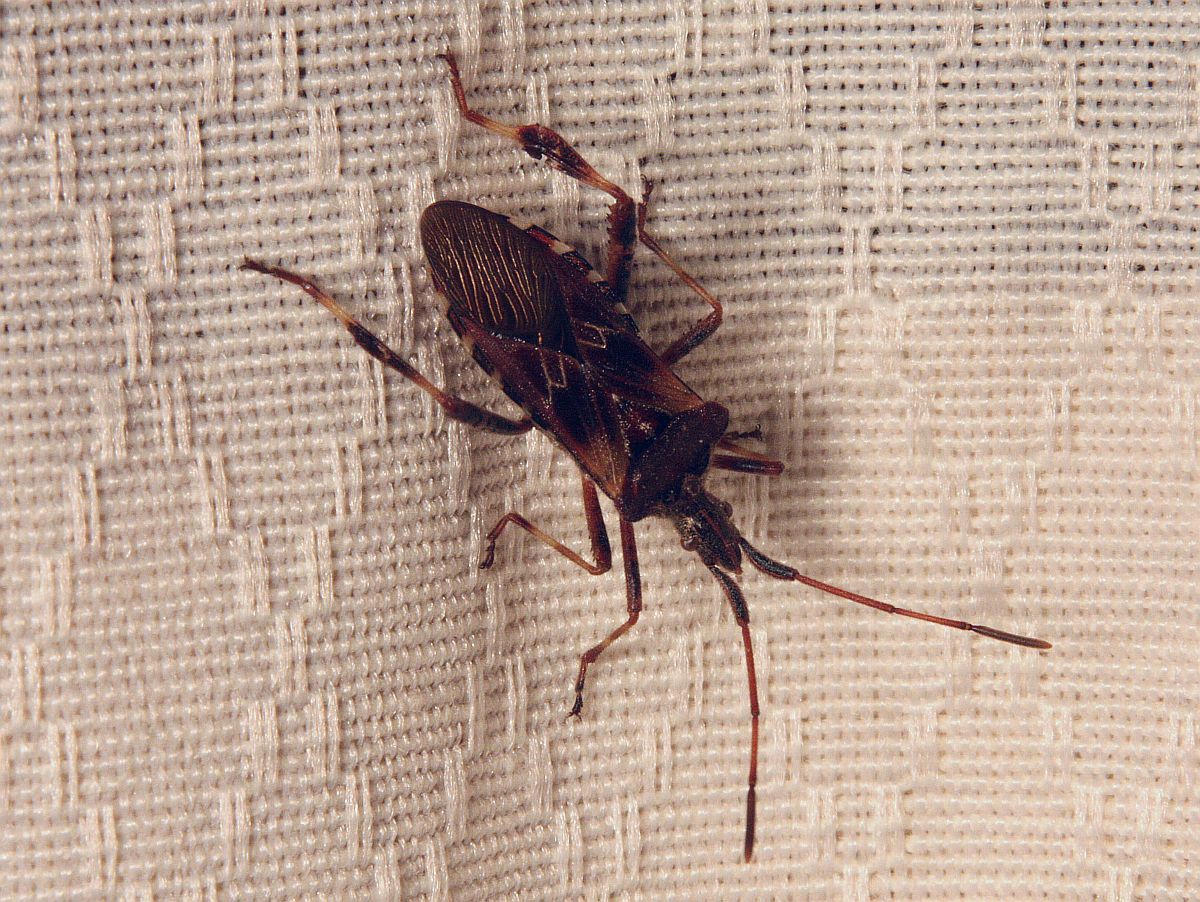
 Western Conifer Seed Bug Leptoglossus occidentalis (Hem.: Coreidae) Jeremy Tatum
Western Conifer Seed Bug Leptoglossus occidentalis (Hem.: Coreidae) Jeremy Tatum
Bill Katz writes: There were several large moths – 2" across – at the school on Haro Road this morning. I think they are Catocala unijuga. [So do I – that’s a new one on me. Nice find. Jeremy]
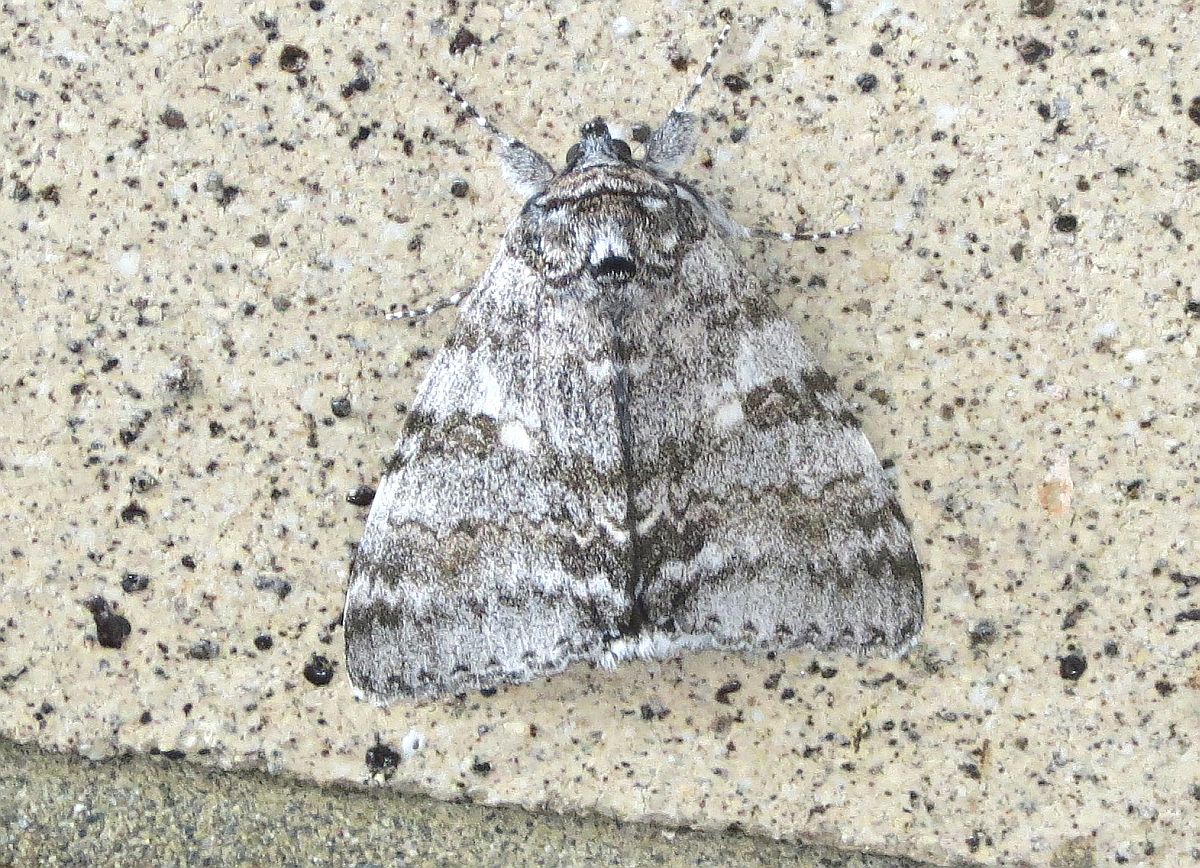
Also at the school on Haro Road an American Tissue Moth.

 American Tissue Moth Triphosa haesitata (Lep.: Geometridae)
American Tissue Moth Triphosa haesitata (Lep.: Geometridae)Bill Katz
Cheryl Hoyle sends pictures from Metchosin of a Woodland Skipper, and third and fifth instars of the caterpillar of the Spotted Tiger Moth.
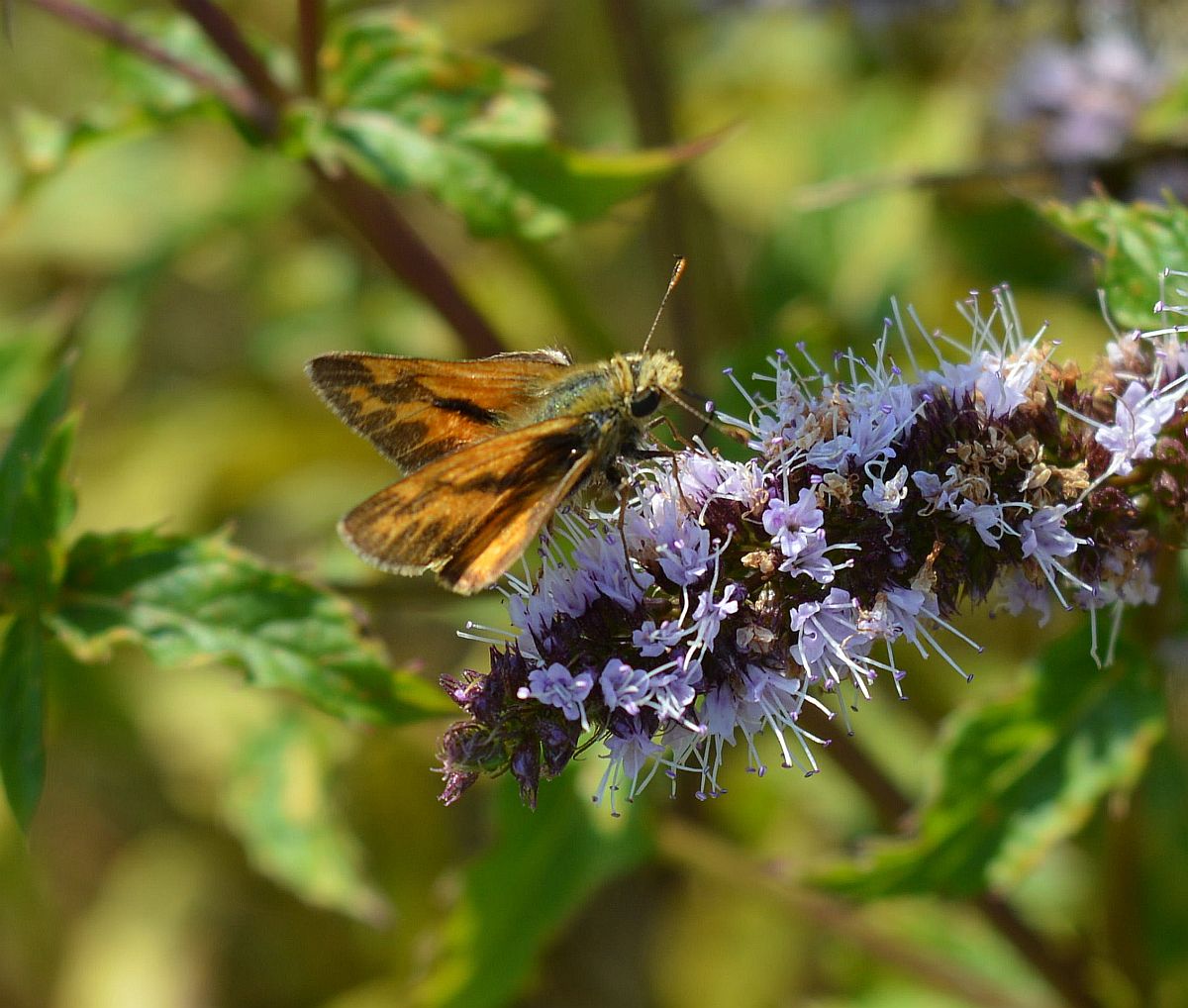
Woodland Skipper Ochlodes sylvanoides (Lep.: Hesperiidae) Cheryl Hoyle
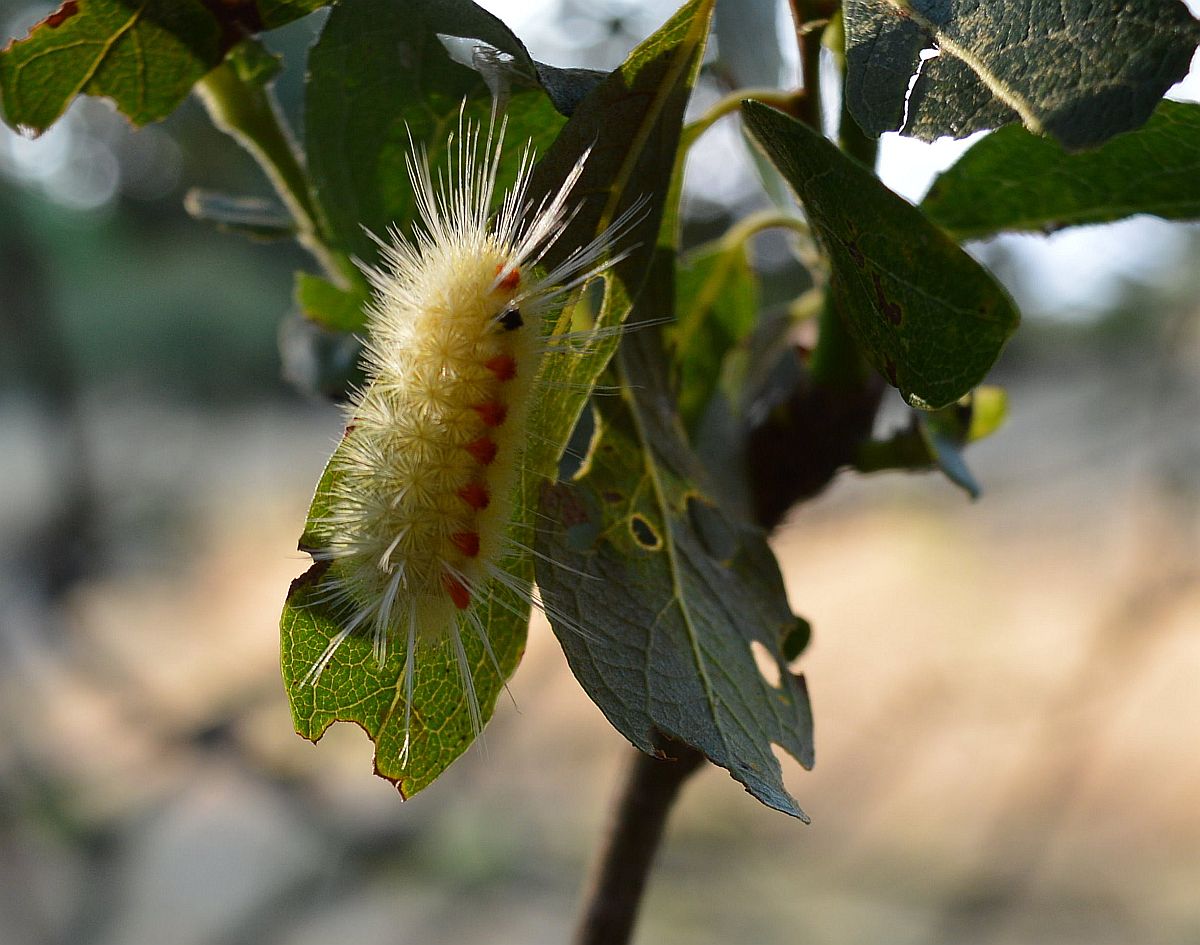
Spotted Tiger Moth Lophocampa maculata (Lep.: Erebidae – Arctiinae) Cheryl Hoyle

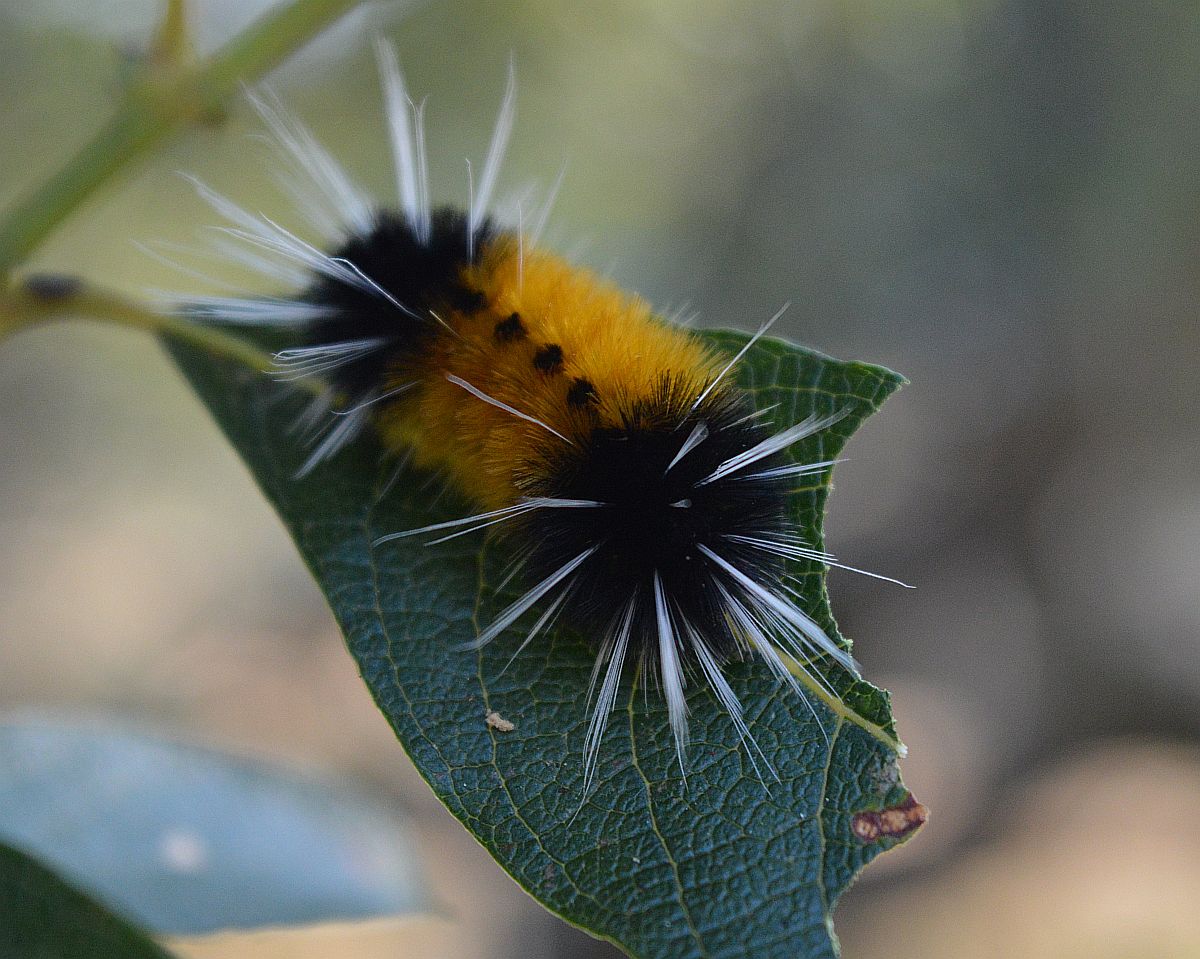
 Spotted Tiger Moth Lophocampa maculata (Lep.: Erebidae – Arctiinae) Cheryl Hoyle
Spotted Tiger Moth Lophocampa maculata (Lep.: Erebidae – Arctiinae) Cheryl Hoyle
Rosemary Jorna sends two pictures of a bee from her garden near Kemp Lake. Jeremy Tatum writes: Can someone identify it for us? While it looks not dissimilar to a Honey Bee¸ I am not sure that that is what it is; I think it may be a different species.

 Bee (Hym.: Apidae) Rosemary Jorna
Bee (Hym.: Apidae) Rosemary Jorna
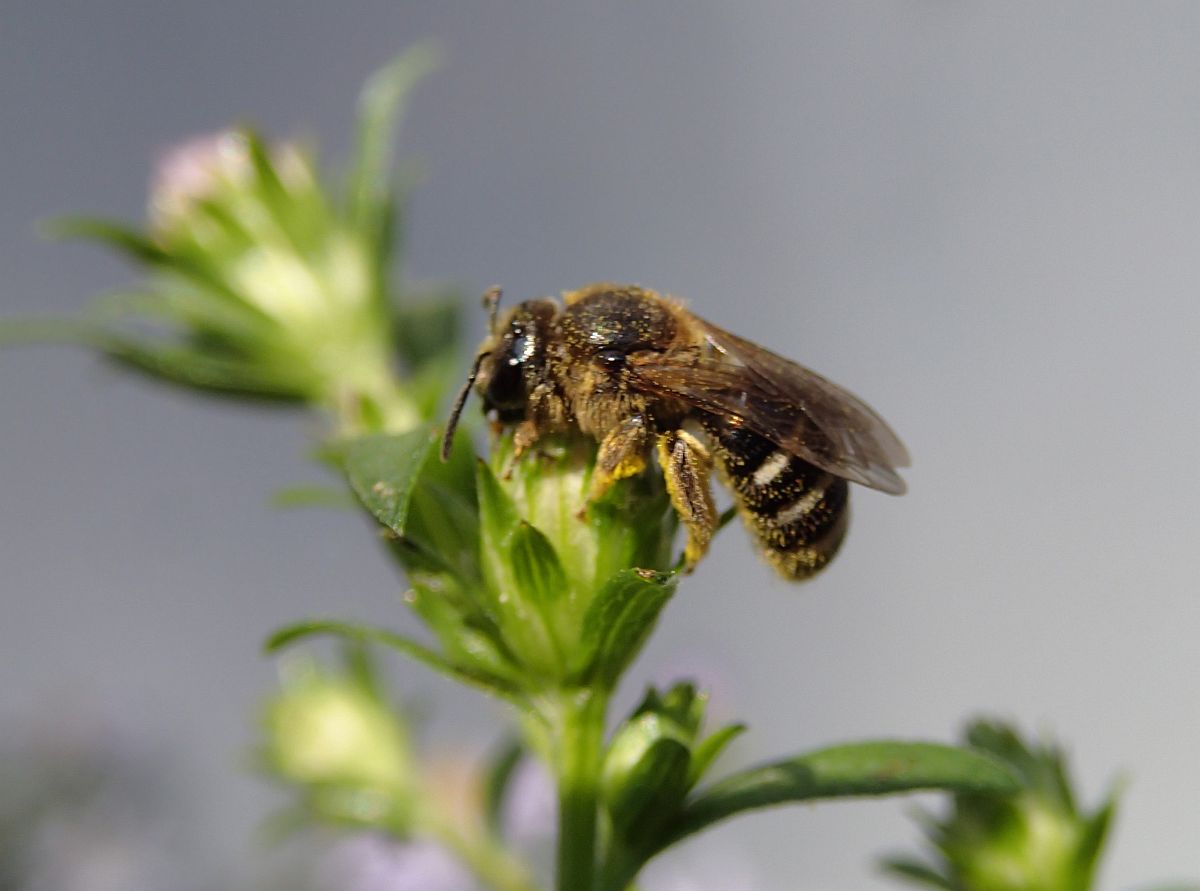
 Bee (Hym.: Apidae) Rosemary Jorna
Bee (Hym.: Apidae) Rosemary Jorna
Scott Gilmore writes from Upper Lantzville: Last night I found a new moth for me at our light. A Wavy-lined Emerald Moth (Synchlora aerata).
I had seen a spot on the back of our house where there had clearly been a slug climbing. Last night I found out what was actually happening. I have read about this before but it was great to actually see it. I don’t know much about slugs but I think this is Limax maximus? [Jeremy Tatum responds: What a fantastic photograph! Yes, I had read about this, but never seen it, and I believe it is Limax maximus, variously known as the Giant Garden Slug, or the Great Grey Slug. When mating, they suspend themselves from a thread of mucus and twine around each other. This is surely one of the most remarkable mating behaviours in nature.]
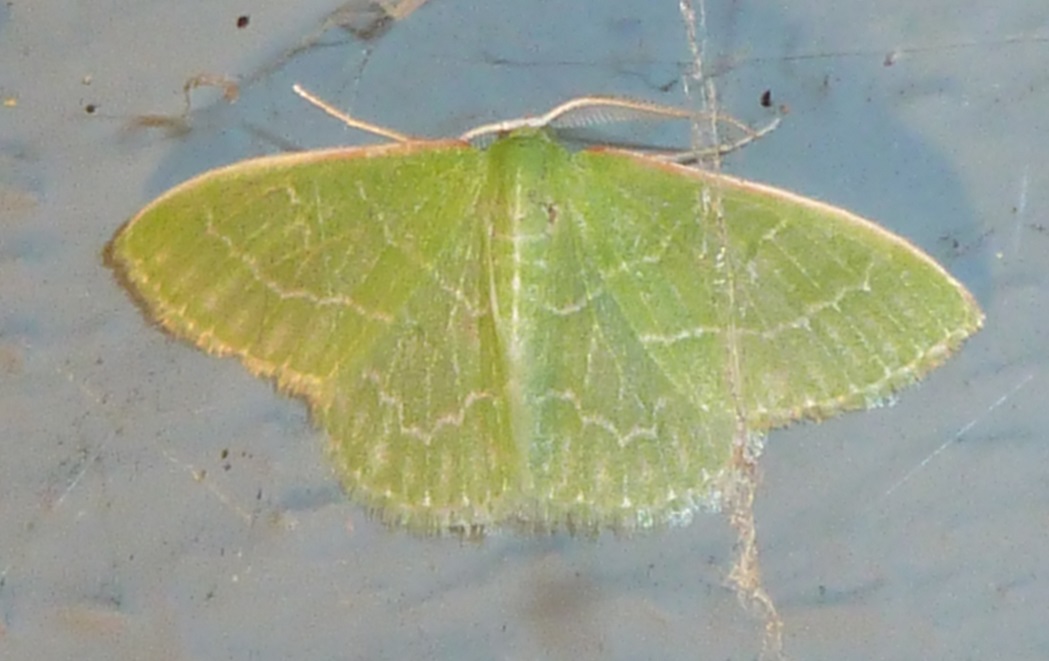
 Synchlora aerata (Lep..: Geometridae) Scott Gilmore
Synchlora aerata (Lep..: Geometridae) Scott Gilmore
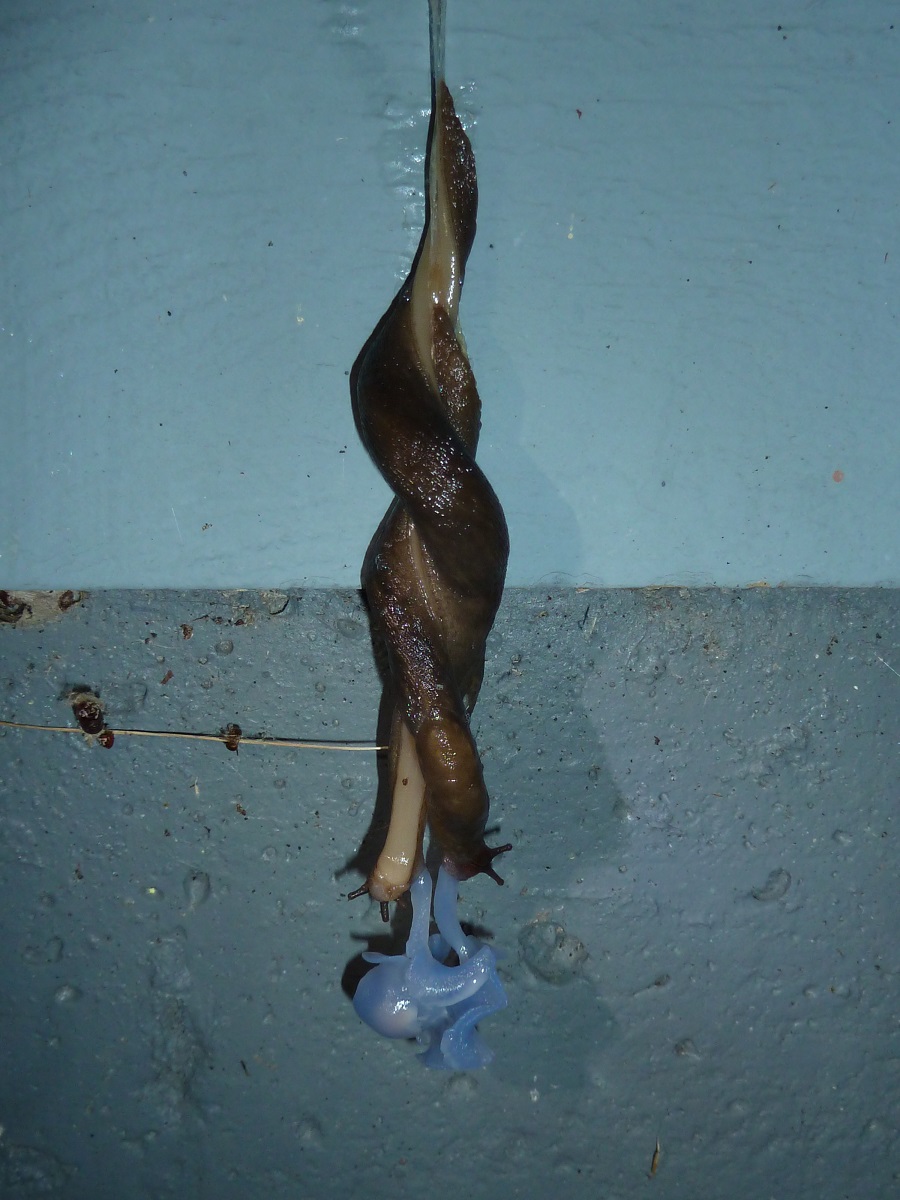
 Limax maximus (Pul.: Limacidae) Scott Gilmore
Limax maximus (Pul.: Limacidae) Scott Gilmore
